Strength and conditioning (S&C) coaches are tasked with maximizing athletic performance while minimizing injury risk. A cornerstone of this process is improving an athlete’s Rate of Force Development (RFD)—the ability to produce force quickly. For decades, dynamic exercises like the Countermovement Jump (CMJ) and Squat Jump (SJ) have been staples in athletic training programs. But are these movements delivering the best outcomes for performance and injury prevention?
A recent study Evaluation of The Isometric and Dynamic Rates of Force Development in Multi-Joint Muscle Actions published in The Journal of Human Kinetics (2022) provides compelling data that challenges the conventional wisdom surrounding dynamic exercises. By comparing the forces generated during a CMJ, SJ, and Isometric Leg Press (ILP), the study offers insights that could revolutionize strength training strategies.
The Data That Should Make You Rethink Dynamic Exercises
The study analyzed 23 team sport athletes (aged 21–24) to measure their Peak Force (Fpeak) and Peak RFD (RFDpeak) across different exercises. Here’s what the data revealed:
|
Exercise |
Fpeak (N) |
RFDpeak (N/s) |
|
CMJ |
1715 ± 322 |
9762 ± 3967 |
|
SJ |
1670 ± 284 |
9544 ± 3900 |
|
ILP |
3562 ± 1418 |
14032 ± 6682 |
When it came to RFD at consecutive 50 ms intervals, the ILP consistently outperformed both CMJ and SJ, particularly in the critical 50–150 ms range where explosive power is most vital for athletic performance:
|
Interval |
CMJ (N/s) |
SJ (N/s) |
ILP (N/s) |
|
0–50 ms |
6769 ± 4200 |
6385 ± 3267 |
7907 ± 5570 |
|
50–100 ms |
6766 ± 2354 |
7235 ± 3300 |
14032 ± 6682 |
|
100–150 ms |
5503 ± 2375 |
3485 ± 1451 |
10154 ± 4281 |
The ILP not only demonstrated superior RFD in the 50–100 ms and 100–150 ms intervals but also maintained these advantages when normalized to body mass. This suggests that isometric training offers a more efficient pathway to developing rapid force production—one of the key drivers of athletic performance.
Why Isometric Training Outperforms Dynamic Exercises
The results highlight a glaring inefficiency in relying solely on dynamic exercises for building explosive power. Unlike CMJ and SJ, isometric training in the ILP allows athletes to:
- Produce Higher Peak Force: The ILP showed over double the peak force compared to CMJ and SJ.
- Maximize RFD: Superior RFD values in the ILP at critical time intervals directly translate to faster force production.
- Respond to Instantaneous Forces: Rapid isometric force generation is critical for responding to the unpredictable and instantaneous forces encountered in sport.
The Takeaway for S&C Coaches
If you’re still prioritizing CMJ and SJ as the backbone of your explosive training program, it’s time to ask yourself:
- Are you making your athletes stronger and more explosive?
- Or are you creating weaker, slower, and more fragile athletes?
Isometric exercises like the ILP provide a safe and effective way to build explosive power, especially in the early phases of force production. Incorporating isometric strength training into your programs can help athletes evolve their performance capabilities while mitigating injury risks.
It’s time to reimagine athletic training. Isometric strength training isn’t just a supplement—it’s a cornerstone for creating stronger, faster, and more resilient athletes.
Next Steps
Evaluate your current training programs and consider how isometric training can complement—or even replace—your reliance on dynamic exercises. Your athletes’ performance and durability depend on it.
At Isophit, we help the world’s strongest, fastest, and most gifted athletes—and everyday people—win more, hurt less, and age stronger.
If you have any questions about the article. Please email them to me at brad@isophit.com

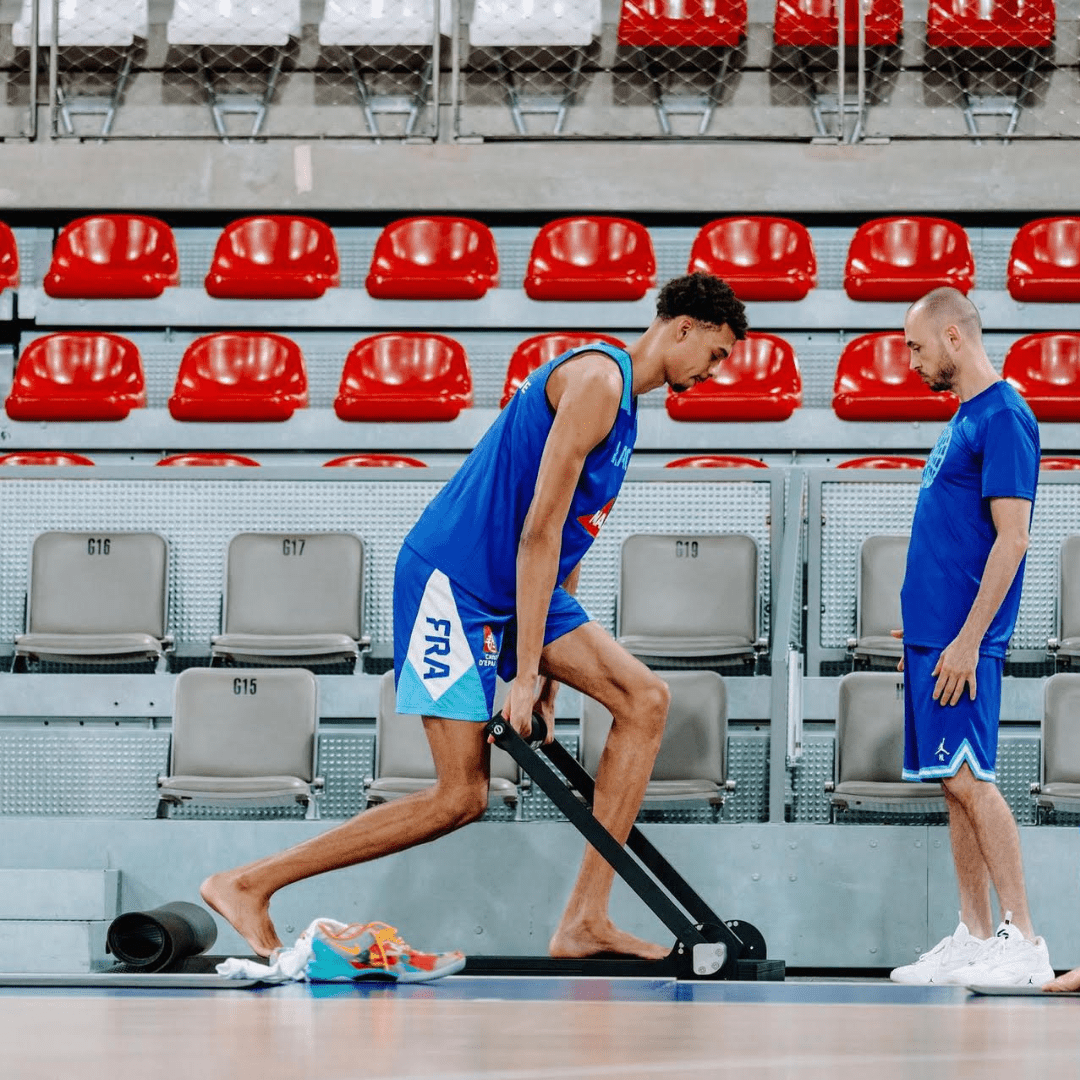
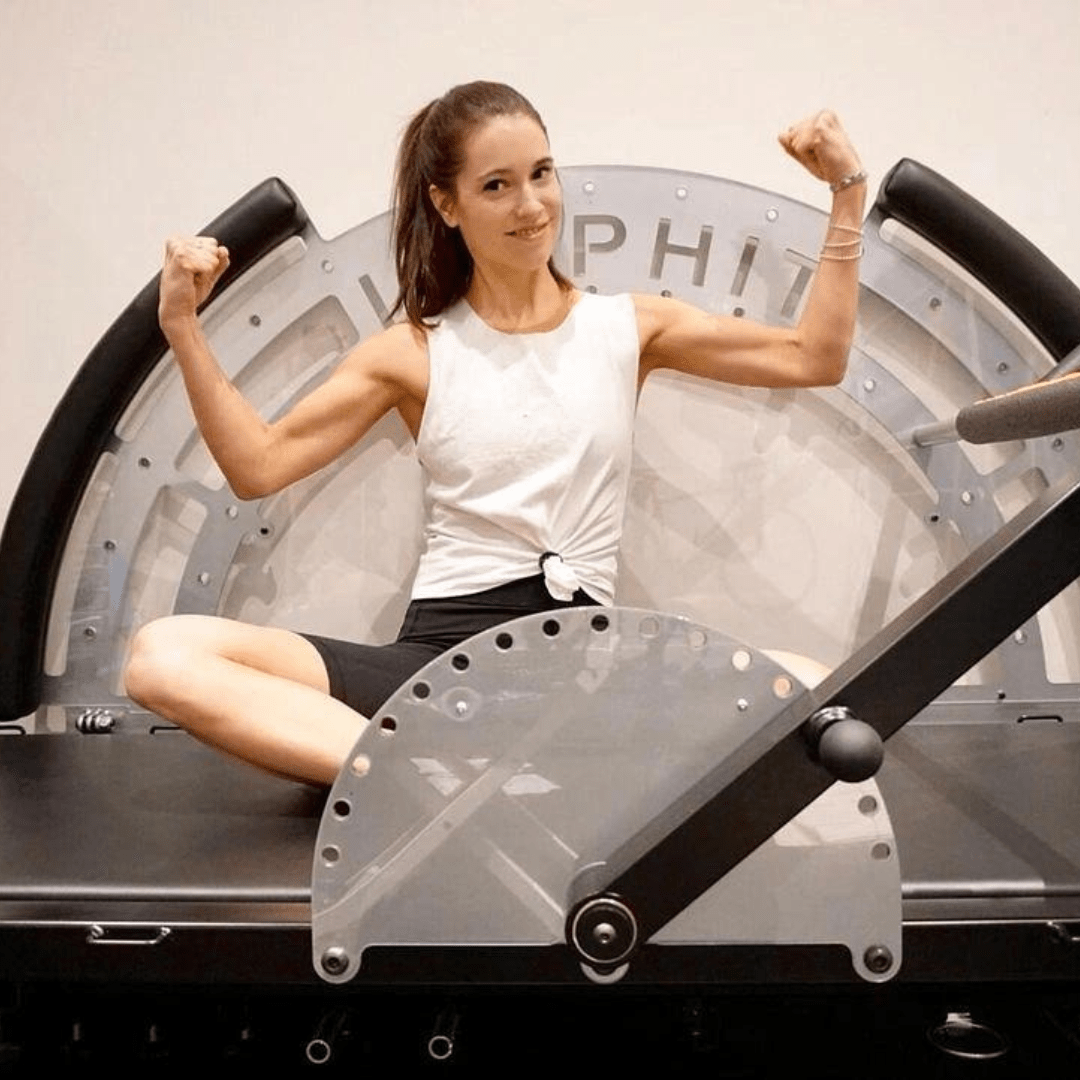



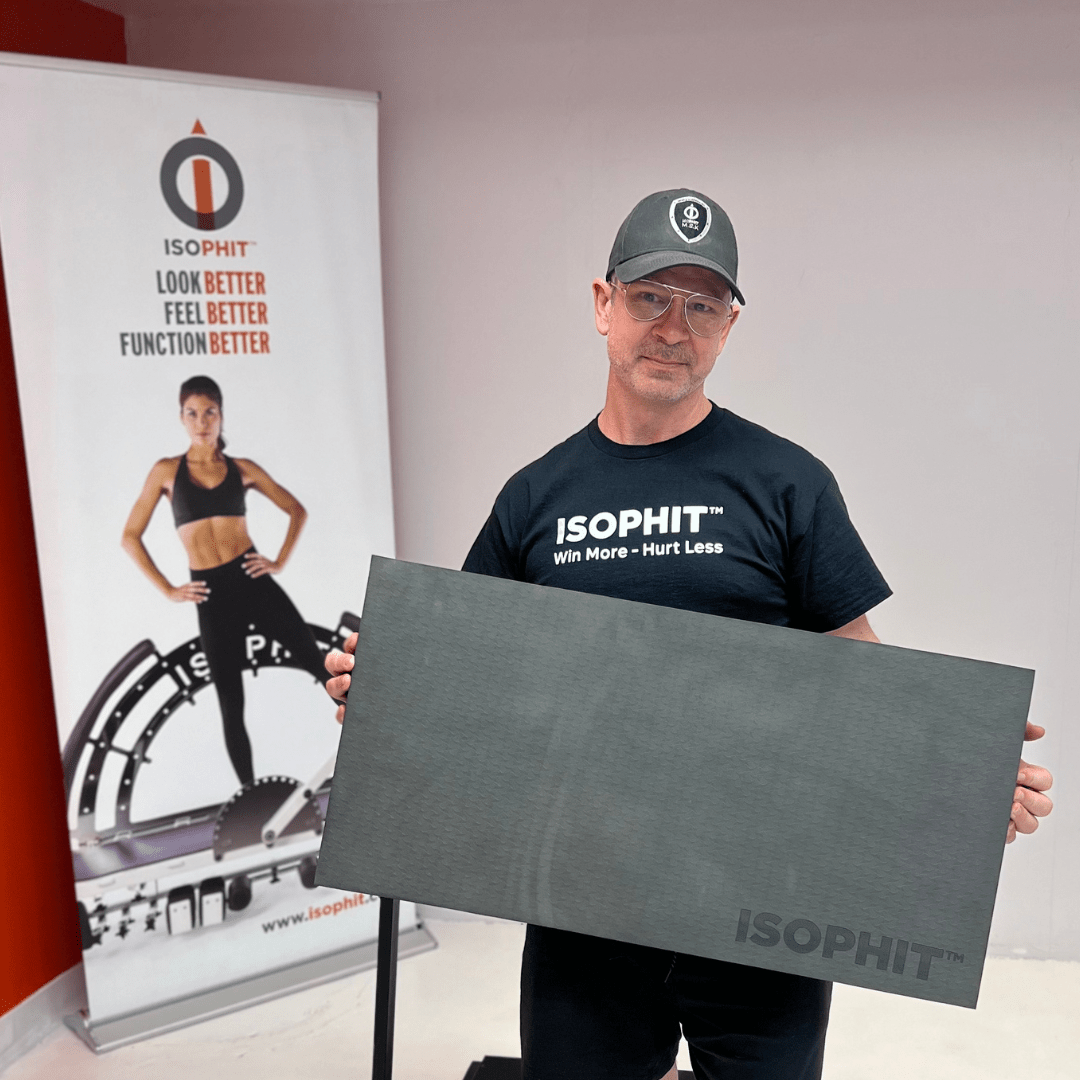
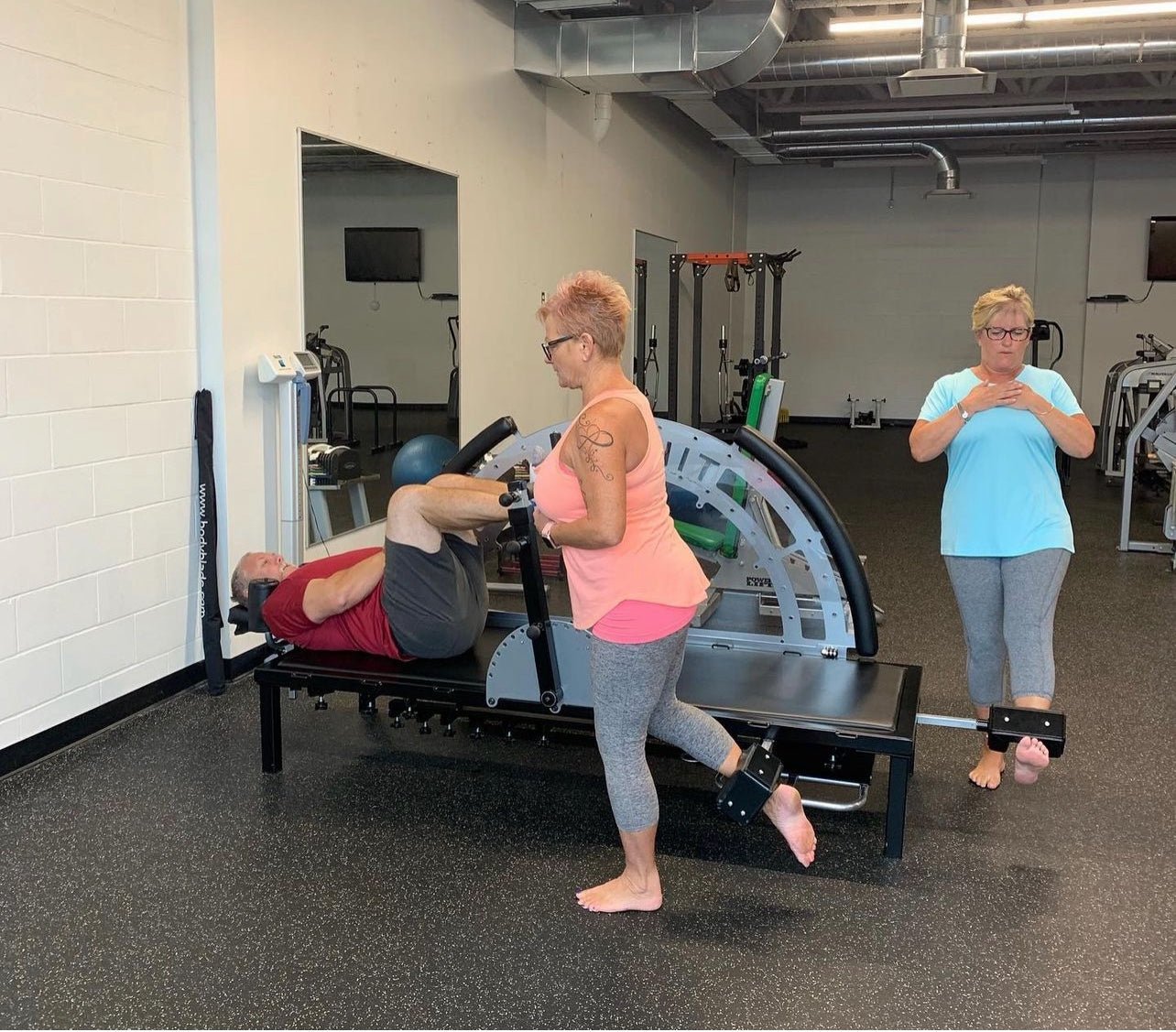
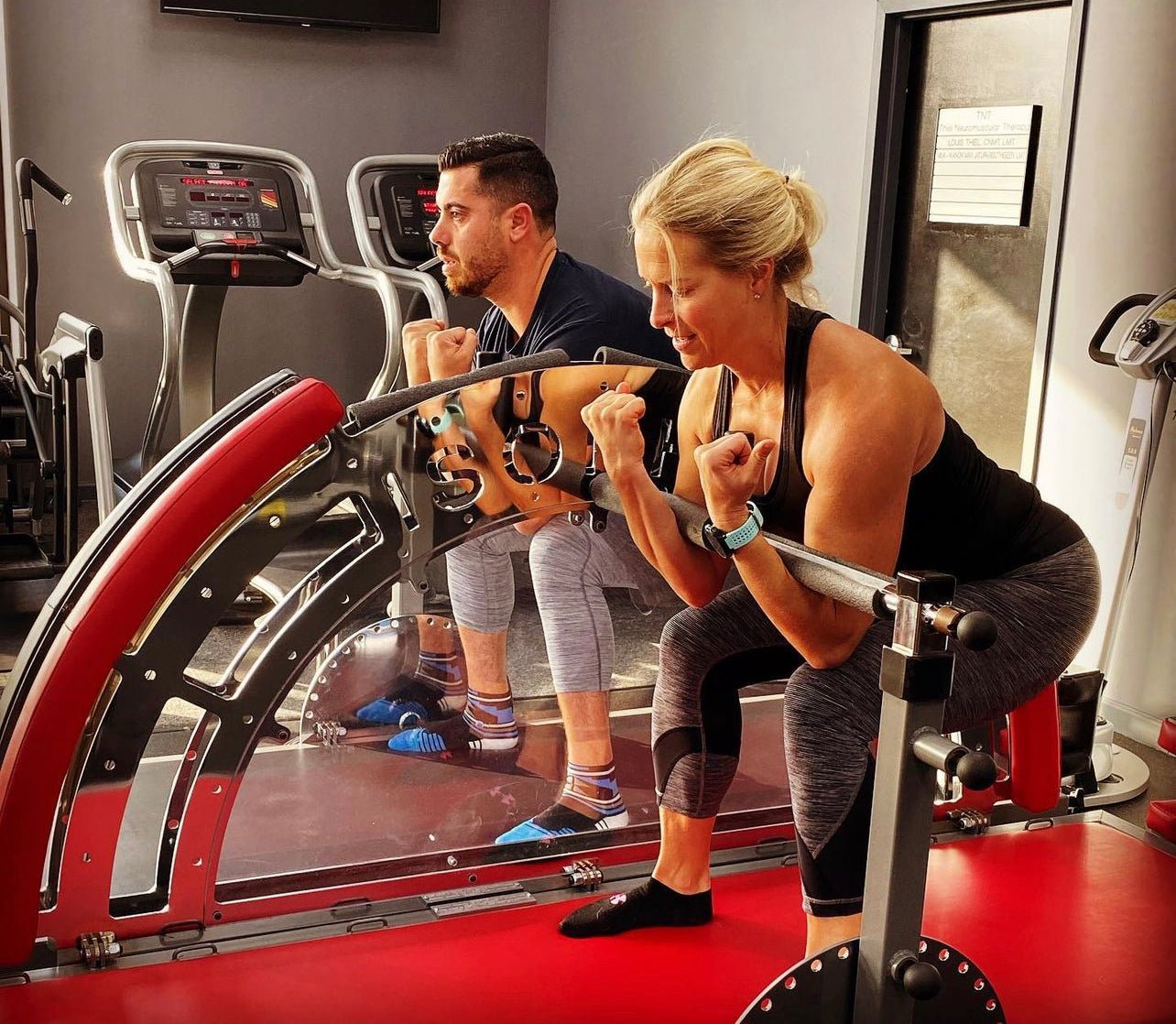
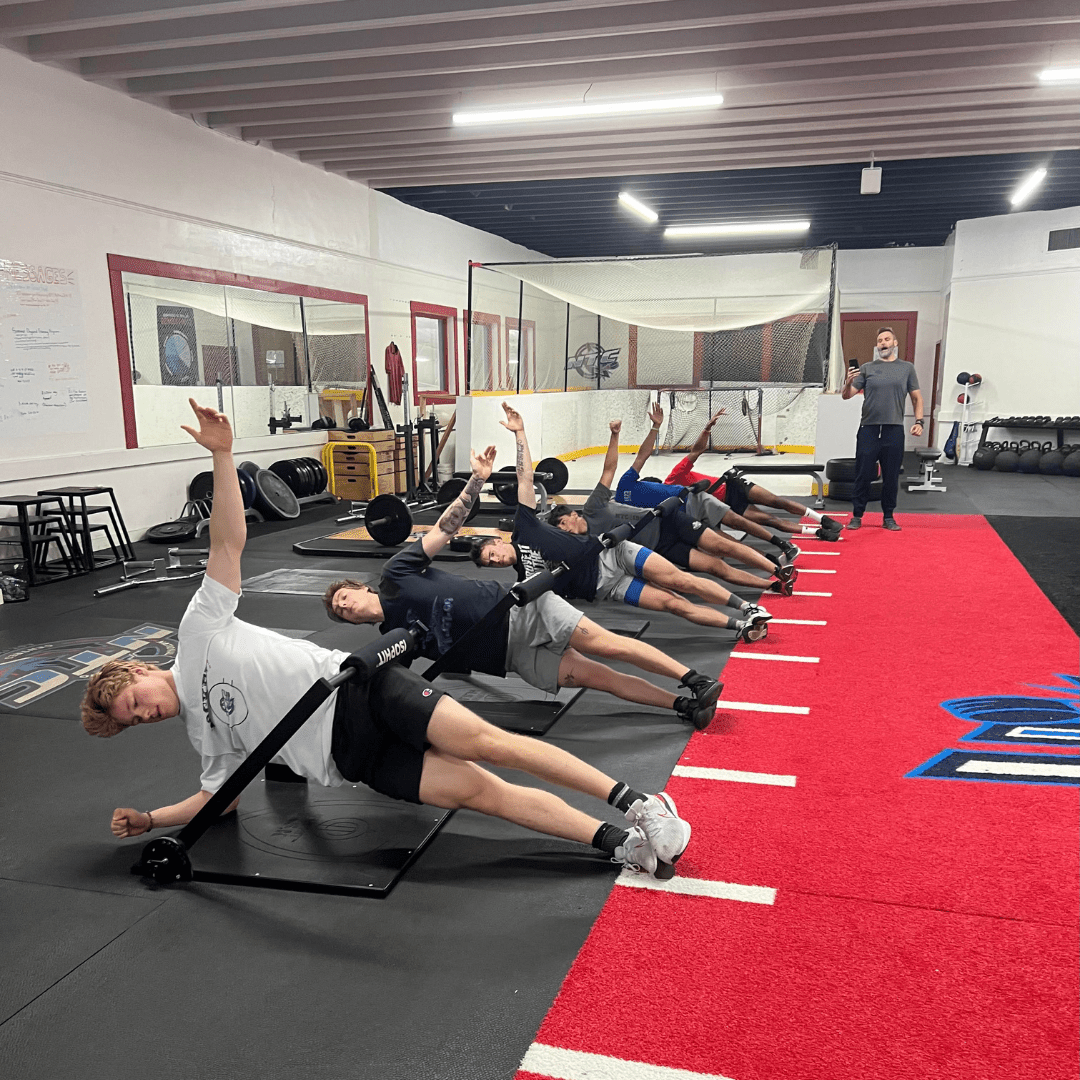
Share:
Isometric Strength Training with Isophit: An Evolutionary Approach for Healing and Preventing Tendinopathy
The Role of Isometric Strength in Power Production